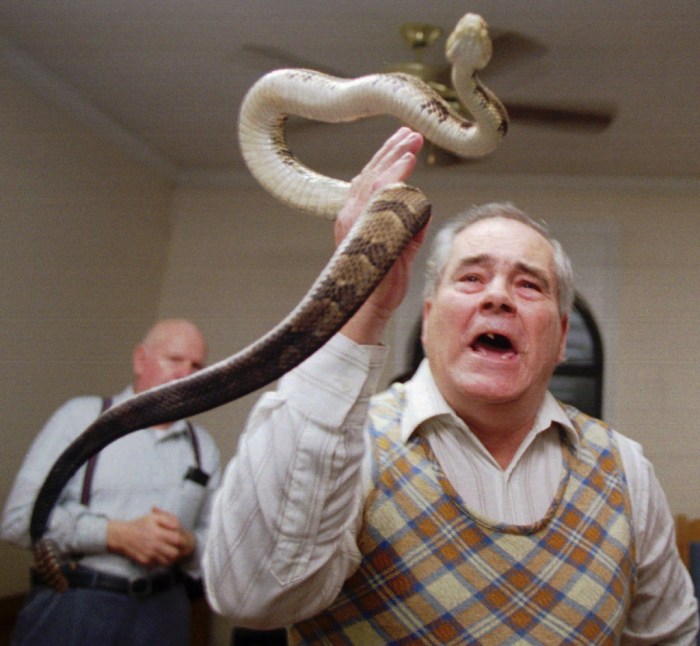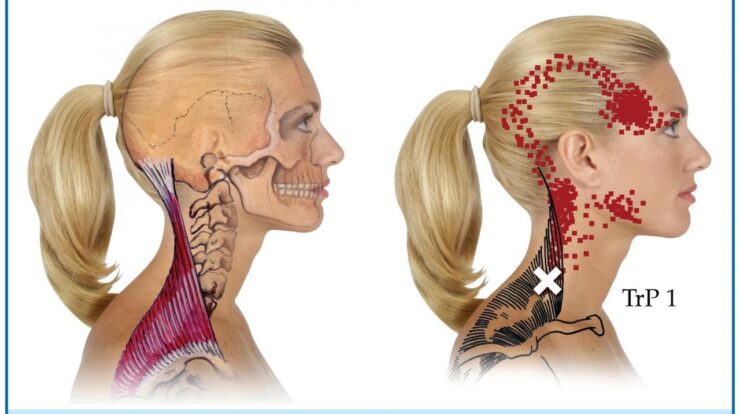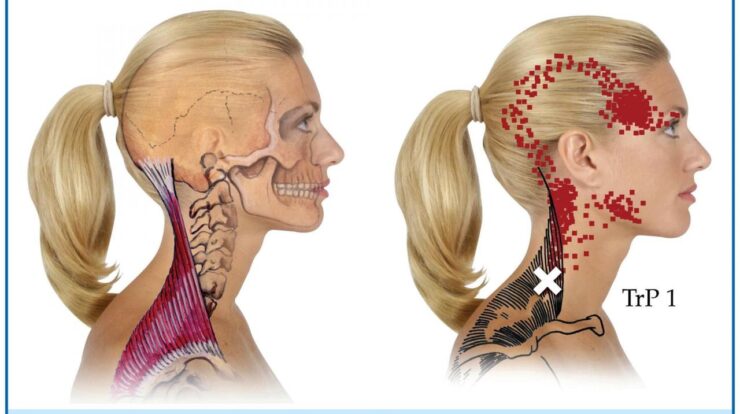
How to handle his snake yumi sin and fit kitty – Get ready to slither into the world of snake handling with our hip guide to keeping your Yumi Sin and Fit Kitty happy and healthy. From approaching wild snakes to creating the perfect enclosure, we’ve got you covered.
How to Approach a Snake in the Wild
Snakes are often misunderstood and feared creatures, but they can be fascinating and beautiful animals. If you’re ever lucky enough to encounter a snake in the wild, it’s important to know how to approach it safely.Snake BehaviorSnakes are typically shy and non-aggressive creatures.
They will usually try to avoid contact with humans, but if they feel threatened, they may bite. Snakes are most likely to bite if they are cornered, stepped on, or handled roughly.Identifying Venomous SnakesThere are a few key ways to identify venomous snakes.
First, look at the snake’s head. Venomous snakes typically have triangular-shaped heads with large fangs. Second, look at the snake’s body. Venomous snakes often have thick, muscular bodies with a diamond-shaped pattern on their backs. Finally, look at the snake’s tail.
Check out this guide how to handle his snake yumi sin and fit kitty for tips on how to handle your snake yumi sin and fit kitty. You’ll learn how to hold them properly, how to feed them, and how to clean their cage.
It’s everything you need to know to keep your snake yumi sin and fit kitty happy and healthy.
Venomous snakes often have a rattle or a pit on their tails.Maintaining a Safe DistanceIf you see a snake in the wild, the best thing to do is to leave it alone. Give the snake plenty of space and do not approach it.
If the snake starts to move towards you, back away slowly. Do not make any sudden movements, as this could startle the snake and cause it to bite.Avoiding Aggressive BehaviorIf a snake does start to approach you, there are a few things you can do to avoid being bitten.
First, try to stay calm. Do not make any sudden movements or noises. Second, slowly back away from the snake. Do not turn your back on the snake, as this could make it feel threatened. Finally, if the snake does bite you, seek medical attention immediately.Remember:
Snakes are fascinating and beautiful creatures, but they can also be dangerous. If you ever encounter a snake in the wild, it’s important to know how to approach it safely. By following these tips, you can help to avoid being bitten and enjoy the beauty of these amazing animals.
Basic Handling Techniques for a Pet Snake
Handling your pet snake properly is essential for its safety and well-being. By following these techniques, you can create a safe and secure environment for your slithering companion.
Proper Handling
To pick up a snake, gently slide one hand under its body, supporting its weight. With your other hand, grasp the snake behind its head, avoiding its neck. Hold the snake firmly but not too tightly, and support its entire body.
Never lift a snake by its tail, as this can cause injury.
Restraining
For medical procedures or feeding, it may be necessary to restrain your snake. To do this, gently wrap a towel or pillowcase around the snake’s body, leaving its head exposed. Secure the towel with tape or a gentle hold. This will help prevent the snake from moving and potentially injuring itself.
Handling Environment
When handling your snake, choose a safe and secure environment. Keep the room free of clutter and obstacles that the snake could get caught on. Ensure there are no other animals or people present who could startle or harm the snake.
Always wash your hands thoroughly before and after handling your snake to prevent the spread of germs.
Troubleshooting Common Snake Behavior Issues

Snakes, like any other pet, can exhibit various behaviors that may require attention. Understanding the reasons behind these behaviors and addressing them appropriately is crucial for ensuring the well-being of both the snake and its owner.
Aggressive or Defensive Behavior
Snakes may display aggressive or defensive behavior due to several reasons, including:
- Feeling threatened or startled
- Protecting their territory or food
- Experiencing pain or discomfort
- Being mishandled or stressed
When encountering aggressive or defensive behavior, it’s essential to remain calm and avoid making sudden movements. Gently remove the snake from the situation and provide a safe and secure hiding spot. If the behavior persists, seek professional advice from a veterinarian or experienced snake handler.
Yo, check it. Handlin’ his snake Yumi Sin and fit kitty is a piece of cake. But if you wanna level up your insurance agent game, peep this: how to increase insurance agent productivity . It’s like a cheat code for boostin’ your sales and crushin’ it with those clients.
But don’t forget, when it comes to Yumi Sin and your kitty, keep ’em happy and snuggled, and they’ll be purrin’ and slitherin’ with joy.
Feeding Strikes
Feeding strikes are a natural behavior for snakes, but they can become problematic if the snake mistakenly strikes at its owner. To prevent feeding strikes, always use feeding tongs to offer food and avoid handling the snake immediately before or after feeding.
Health Problems
Underlying health issues can also contribute to behavioral changes in snakes. If you notice any unusual behaviors, such as lethargy, loss of appetite, or respiratory problems, consult a veterinarian promptly.
Environmental Issues
Environmental factors, such as improper temperature or humidity, can also affect snake behavior. Ensure that the snake’s enclosure provides the necessary conditions for its species and adjust accordingly if any issues arise.
Creating a Suitable Enclosure for a Pet Snake: How To Handle His Snake Yumi Sin And Fit Kitty

Creating a suitable enclosure for your pet snake is essential for their well-being. The enclosure should provide a safe and comfortable environment that meets their specific needs.
Check this out if you need to learn how to handle his snake yumi sin and fit kitty! So, how to handle his snake yumi sin and fit kitty, you ask? Well, how to handle his snake yumi sin and fit kitty is a good place to start.
Handling his snake yumi sin and fit kitty can be tricky, but with the right approach, you can make it a lot easier.
Size and Design
The enclosure should be large enough for the snake to move around comfortably. A good rule of thumb is to provide an enclosure that is at least three times the length of the snake and twice its width. The enclosure should also be tall enough for the snake to climb.
Temperature and Humidity
Snakes are ectothermic, which means they rely on external heat sources to regulate their body temperature. The enclosure should have a temperature gradient, with a warm end and a cool end. The warm end should be around 85-90 degrees Fahrenheit, and the cool end should be around 75-80 degrees Fahrenheit.
The humidity in the enclosure should be around 50-60%.
Ventilation
Ventilation is essential to prevent the buildup of harmful gases in the enclosure. The enclosure should have several vents to allow for air circulation.
Substrates and Hiding Spots
The substrate is the material that covers the floor of the enclosure. It should be absorbent and easy to clean. Some good substrate options include aspen shavings, cypress mulch, and coconut fiber. The enclosure should also have several hiding spots for the snake to retreat to.
These hiding spots can be made from a variety of materials, such as rocks, logs, and artificial caves.
Feeding and Nutrition for Snakes
Snakes, like any other living creature, require a balanced diet to maintain their health and well-being. Their dietary needs vary depending on their species, age, and size. Understanding the nutritional requirements of your pet snake is crucial to ensure its proper growth and development.The
primary food source for most snakes consists of live prey, such as rodents, birds, and fish. Some species, however, have specialized diets, such as egg-eating snakes that consume bird eggs. Live prey provides snakes with essential nutrients, including protein, fats, and vitamins.
Feeding Schedule, How to handle his snake yumi sin and fit kitty
The frequency of feeding your snake depends on its age and size. Juvenile snakes typically require more frequent meals than adults. A general rule of thumb is to feed hatchlings every 5-7 days, juveniles every 7-10 days, and adults every 10-14 days.
Yo, handling your snake Yumi Sin and fit kitty ain’t no joke. But, you know what else is a challenge? Increasing insurance agent productivity. Check this out for tips on how to level up your agents’ game. Trust me, it’ll make handling your snake and kitty seem like a walk in the park.
Then, you can get back to the real grind.
However, it’s important to adjust the feeding schedule based on your snake’s individual appetite and activity level.
Proper Hydration and Supplementation
In addition to food, snakes require access to fresh water at all times. A shallow water dish should be placed in their enclosure, and the water should be changed regularly to prevent contamination.Supplements, such as calcium and vitamin D3, may be necessary for snakes that are not getting enough of these nutrients from their diet.
Consult with a veterinarian to determine if supplementation is appropriate for your snake.
Epilogue

Whether you’re a seasoned snake owner or just starting out, this guide has everything you need to keep your scaly friend thriving. So, let’s dive into the fascinating world of snake handling!
Quick FAQs
How often should I feed my snake?
The feeding schedule depends on the snake’s age and size. Generally, younger snakes need to eat more frequently than adults.
What type of enclosure is best for my snake?
The ideal enclosure size varies depending on the snake’s species. It should provide ample space for movement, hiding spots, and temperature gradients.
How can I tell if my snake is sick?
Signs of illness can include changes in appetite, behavior, or appearance. If you suspect your snake is sick, consult a veterinarian promptly.





